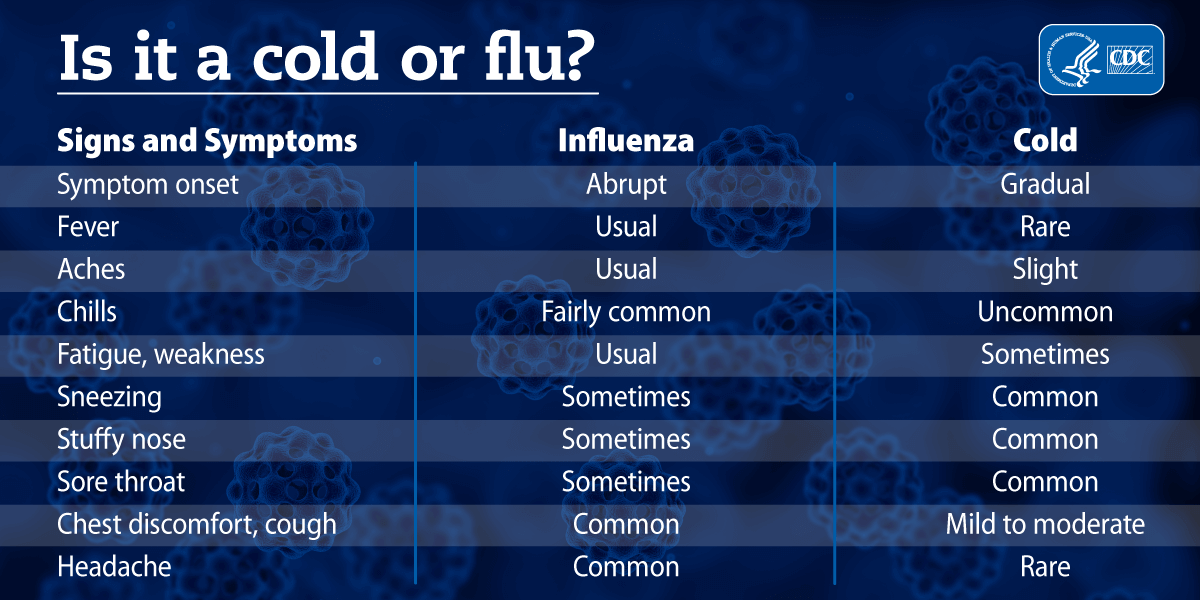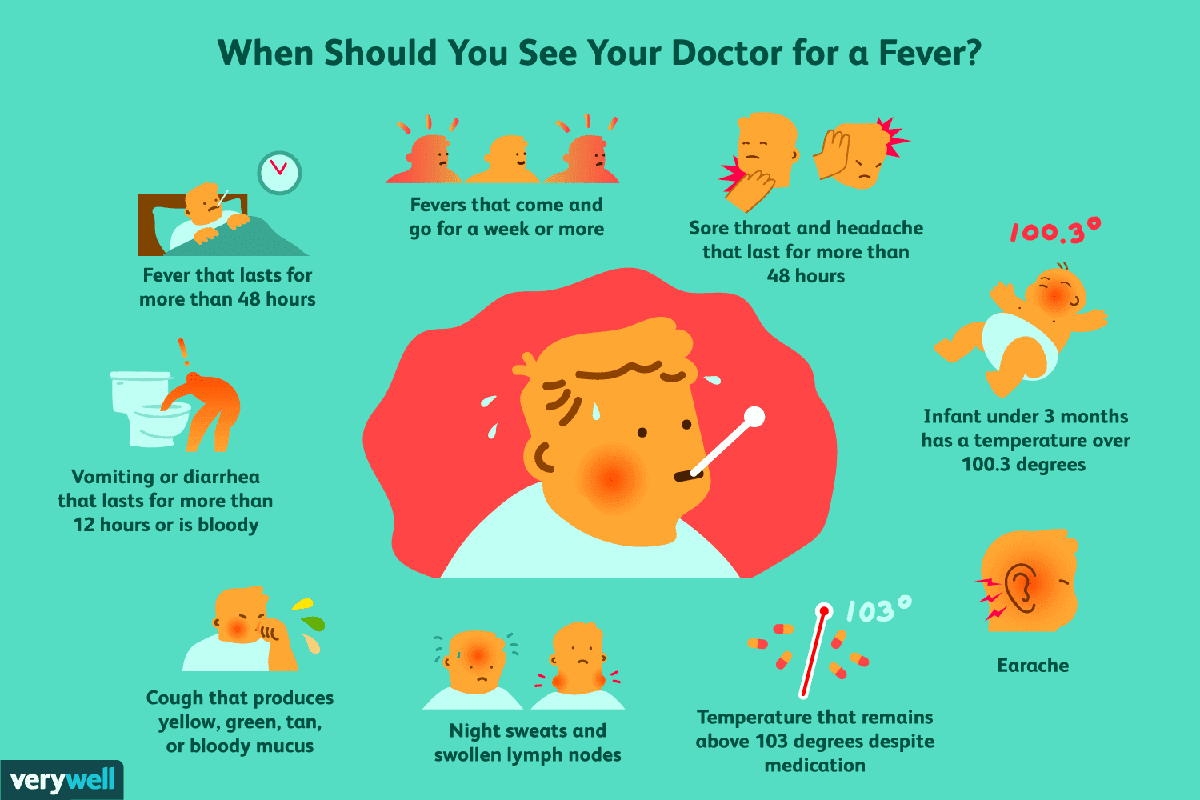by User Not Found | January 11, 2019, 11:06 AM
On the evening of Sunday, December 2, 13-year-old Ben started experiencing cold-like symptoms: cough, sore throat and congestion. The symptoms continued over the next 48 hours.
On Tuesday, Ben felt well enough to attend school and even went to basketball practice that afternoon. But by Wednesday, Ben began complaining that it hurt to breathe and began running a fever of 103 degrees. His father took him to a local urgent care and the physician recommended cough syrup, a fever reducer, fluid and rest. His father was instructed that if his symptoms worsened to make an appointment to see his pediatrician.
The following day, his breathing became more labored and he began spitting up blood. He was taken to the pediatrician who immediately transported Ben by ambulance to the hospital. At the hospital, Ben was diagnosed with influenza. He was admitted to the Intensive Care Unit in critical condition, immediately intubated and put in a medically-induced coma. Over the next several days it was touch and go. His condition would improve and then take a turn for the worse. After a week, Ben’s lungs began to improve and his blood pressure stabilized. He came out of his coma after 12 days and he entered rehab four days later to begin his journey of recuperation.
Severe flu outcomes, such as Ben’s story, are a somber reminder of how serious the flu can be, even for healthy people. The Centers for Disease Control defines influenza (flu) as a contagious respiratory illness caused by the influenza viruses. It can cause mild to severe illness and is spread to others up to six feet away. Research shows that the flu viruses spread mainly by droplets made when people with flu cough, sneeze or talk. These droplets can land in the mouths or noses of people who are nearby or be inhaled into the lungs
Less commonly, a person may also get flu by touching a surface or object that has flu virus on it. People are highly contagious in the first three to four days after their illness begins, although it may be possible to infect others beginning one day before symptoms develop and up to five to seven days after becoming sick.
Flu vaccination protects against flu illness and reduces the risk of flu complications, including flu-associated hospitalization, admissions to the intensive care unit, and even death in children. Differentiating between a cold and the flu can be helpful, as many of the symptoms can be similar. This table below from the CDC lists some of these differentiators.

Colds usually improve on their own within seven to ten days. However, it’s important to know when to see a doctor (see the image below).

You can stay healthier this season by washing your hands, avoiding close contact with anyone with a cold and protecting your immune system by getting enough sleep, exercising, eating a balanced diet and managing stress. The YMCA of the Pikes Peak Region offers many classes that help to improve your body’s ability to stay healthy!
This article was written by Chief Medical Officer Gloria Winters.